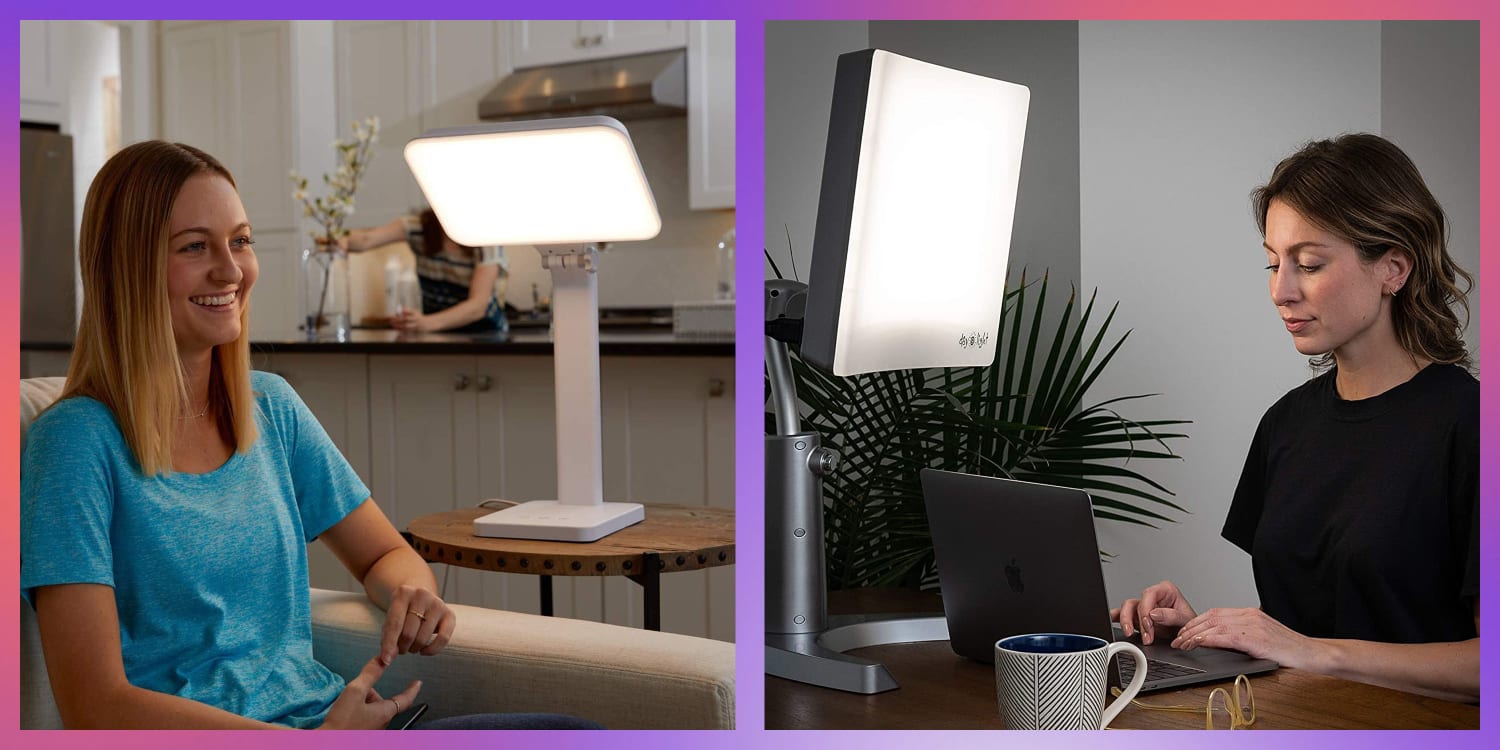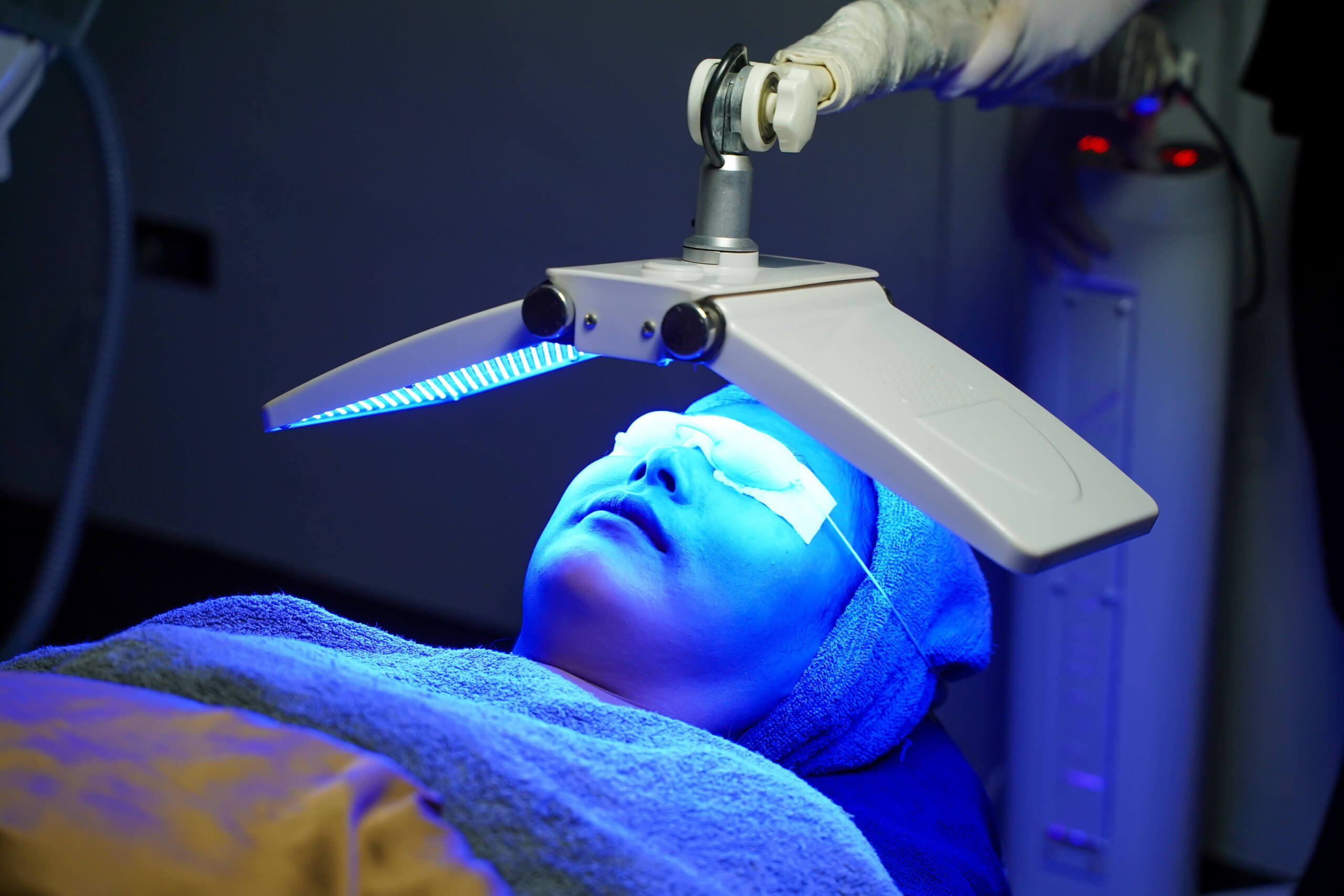The Science Behind Photobiomodulation: Illuminating Healing Pathways
Wiki Article
Unlocking the Prospective of Photobiomodulation: A Promising Technique for Therapeutic Intervention
Are you interested about the potential of photobiomodulation for restorative treatment? Think of a circumstance where an individual experiencing chronic discomfort locates relief with a non-invasive therapy that makes use of light. This is exactly what photobiomodulation offers. It is an appealing strategy that harnesses the power of light to stimulate healing and minimize swelling in different clinical problems. By targeting details cellular processes, photobiomodulation has shown possible in increasing injury recovery, decreasing pain, and promoting tissue regeneration. In this introduction, we will check out the systems of action, applications in medication, and the present proof supporting the effectiveness of photobiomodulation. Furthermore, we will certainly go over future instructions and possible obstacles in opening its complete capacity as a healing treatment.Understanding Photobiomodulation
To comprehend photobiomodulation, you need to understand the principle of how light therapy can directly affect cellular processes in your body. Photobiomodulation, additionally known as low-level light treatment, is a non-invasive treatment that utilizes certain wavelengths of light to promote biochemical responses in your cells. When exposed to these light wavelengths, your cells absorb the power and transform it right into cellular power, called adenosine triphosphate (ATP) This increase in ATP manufacturing brings about a waterfall of cellular responses, consisting of improved metabolic process, enhanced blood circulation, and boosted production of collagen and various other proteins.The restorative effects of photobiomodulation are far-ranging and have actually been examined extensively in various medical areas. It has actually shown appealing lead to promoting tissue repair and regeneration, reducing inflammation, eliminating pain, and improving injury healing. Photobiomodulation has actually been discovered to have a favorable effect on neurological conditions, such as distressing mind injury and stroke, by stimulating neural activity and promoting neuroplasticity.
Unlike other therapies, photobiomodulation does not produce any type of warm or create tissue damage. It is essential to note that photobiomodulation should be administered by qualified experts or according to the producer's directions to ensure ideal outcomes and safety.

Systems of Activity
In recognizing the systems of action, you will certainly find how photobiomodulation straight affects cellular processes via certain biochemical reactions. When light is applied to the body, it is soaked up by chromophores, such as cytochrome c oxidase and flavins, which exist in the mitochondria. This absorption results in a cascade of occasions that ultimately result in mobile modifications.Among the essential mechanisms of activity is the excitement of ATP production. Photobiomodulation raises the activity of cytochrome c oxidase, an important enzyme in the mitochondria that is included in the electron transport chain. This increased task brings about the manufacturing of even more ATP, the primary power money of the cell. Because of this, mobile metabolic rate is boosted, advertising cells fixing and regrowth.
Moreover, photobiomodulation has actually been shown to modulate cellular signaling pathways. It triggers numerous development elements and signaling particles, such as nitric oxide and responsive oxygen species, which play vital roles in procedures like swelling, cell, and angiogenesis expansion. These signaling paths add to the therapeutic impacts of photobiomodulation, advertising cells recovery and decreasing discomfort and swelling.
Applications in Medication
Discover the varied applications of photobiomodulation in medication. Photobiomodulation, additionally known as low-level light therapy, is a non-invasive treatment that utilizes light to promote and promote mobile procedures healing. In medicine, this method has actually revealed promising results throughout various fields.Among the primary applications of photobiomodulation is in pain monitoring. photobiomodulation. It has actually been used to ease both severe and persistent pain, including bone and joint problems, neuropathic pain, and post-operative discomfort. By targeting the affected location with specific wavelengths of light, photobiomodulation can reduce swelling, advertise tissue fixing, and offer alleviation
Furthermore, photobiomodulation has actually revealed prospective in injury healing. It can increase the healing process by boosting cell proliferation, advertising angiogenesis, and minimizing mark tissue development. This has substantial ramifications in the treatment of chronic wounds, such as diabetic ulcers and pressure sores.
In dermatology, photobiomodulation has been made use of for its anti-inflammatory and regenerative impacts. It can boost the look of scars, minimize acne sores, and stimulate hair development in conditions like androgenetic alopecia.
In addition, photobiomodulation has revealed assurance in neurorehabilitation. It can enhance cognitive function, enhance electric motor healing, and aid in the therapy of neurodegenerative diseases like Alzheimer's and Parkinson's.
Professional Evidence and Research Searchings For

In the area of bone and joint disorders, photobiomodulation has actually been located to decrease pain and swelling, enhance array of activity, and increase cells repair service. Furthermore, photobiomodulation has shown favorable results on injury recovery by promoting collagen angiogenesis, synthesis, and fibroblast proliferation.
In addition, research study has shown that photobiomodulation can have neuroprotective and neuroregenerative effects. It has been located to improve cognitive feature, reduce neuroinflammation, and enhance neuronal survival and synaptic plasticity. This has essential effects for the treatment of neurological problems such as Alzheimer's condition, Parkinson's disease, and stroke.
Future Instructions and Prospective Obstacles
Moving forward, it is essential to think about the future directions and potential challenges surrounding using photobiomodulation as a therapeutic intervention. One key future direction is the expedition and optimization of application specifications. Currently, there is no consensus on the optimum wavelength, intensity, duration, and frequency of photobiomodulation therapy. Further study is needed to recognize the dose-response partnership and establish evidence-based guidelines for scientific method.Another essential future instructions is the development of portable and cost-effective photobiomodulation gadgets. While present gadgets are reliable, they are usually bulky, costly, and require specialist guidance photobiomodulation laser - pbm therapy. The advancement of straightforward and inexpensive gadgets would substantially boost access to this therapy, permitting even more individuals to gain from its prospective restorative results
Furthermore, future study needs to concentrate on illuminating the devices underlying photobiomodulation. Despite its growing popularity, the specific mechanisms through which photobiomodulation exerts its healing results are not completely recognized. Comprehending these systems would certainly not only improve our understanding of the therapy yet also aid in the advancement of even more targeted and effective interventions.
Nonetheless, there are likewise prospective difficulties that require to be addressed. pbm light therapy. These include the need for standardized procedures, the need for properly designed scientific tests with larger example sizes, and the requirement for long-term follow-up researches. Regulatory and safety considerations should be taken right into account to make certain the reliable and safe usage of photobiomodulation in scientific method.
Conclusion
In verdict, photobiomodulation holds terrific guarantee as a restorative intervention in medication. With continuous researches and developments in this area, photobiomodulation has the potential to open new possibilities for improving individual outcomes.Are you curious concerning the possibility of photobiomodulation for healing intervention? By targeting specific cellular procedures, photobiomodulation has actually shown potential in increasing injury healing, minimizing discomfort, and promoting tissue regrowth.In addition, photobiomodulation has shown prospective in injury healing.Moving forward, it is crucial to consider the future directions and prospective obstacles surrounding the use of photobiomodulation as a therapeutic intervention. With recurring researches and improvements in this area, photobiomodulation has the possible to unlock new possibilities for improving person outcomes.
Report this wiki page